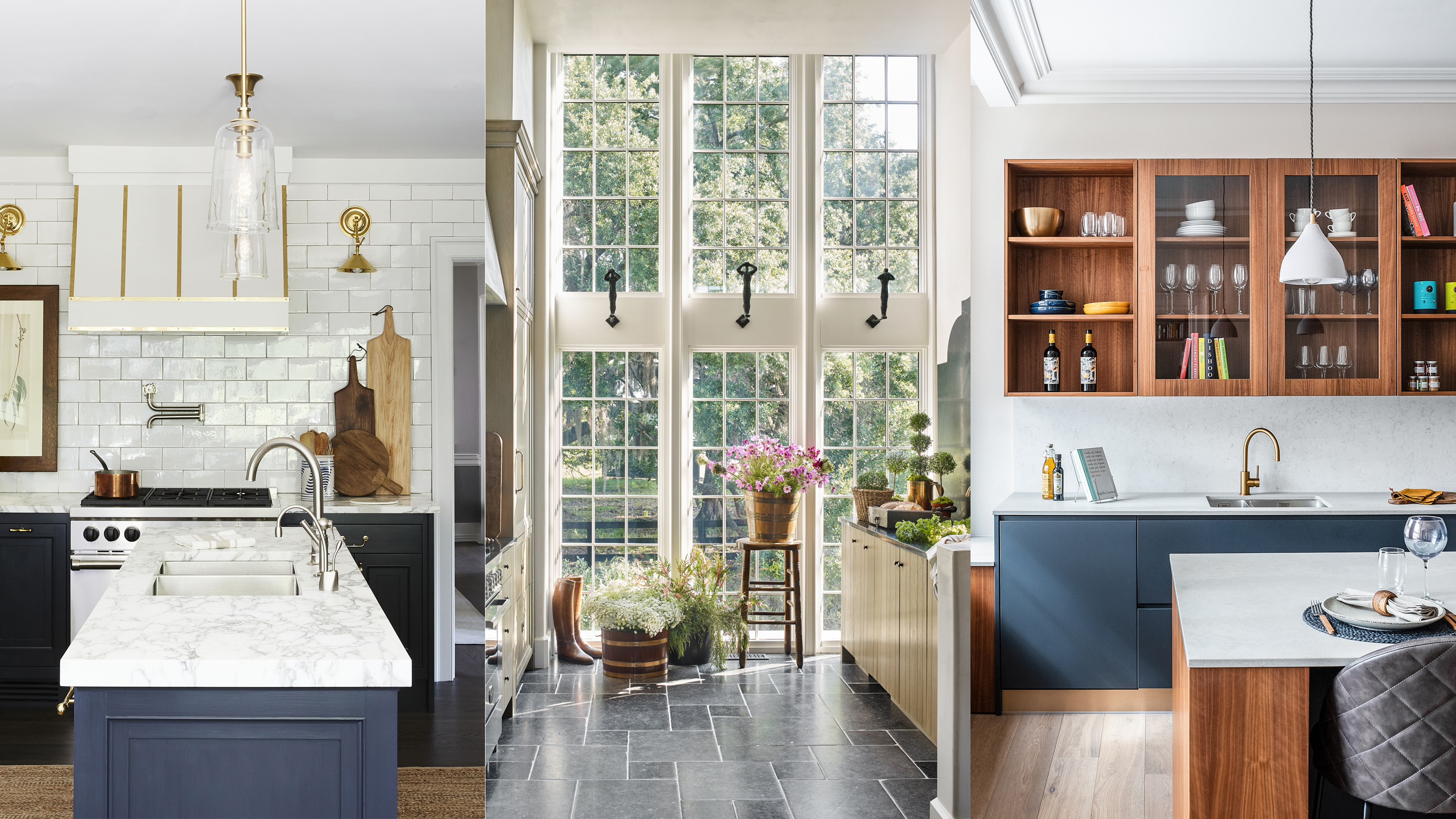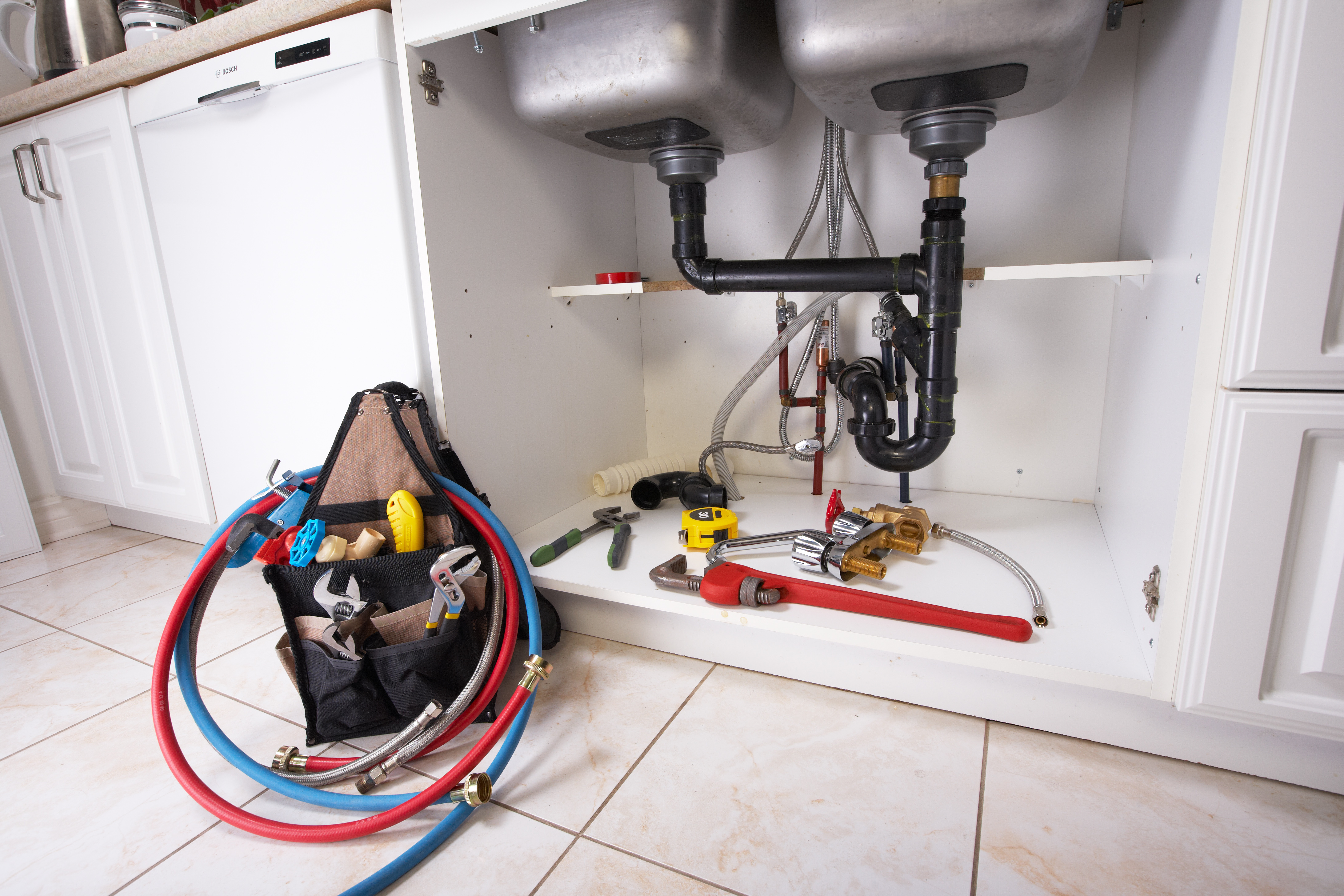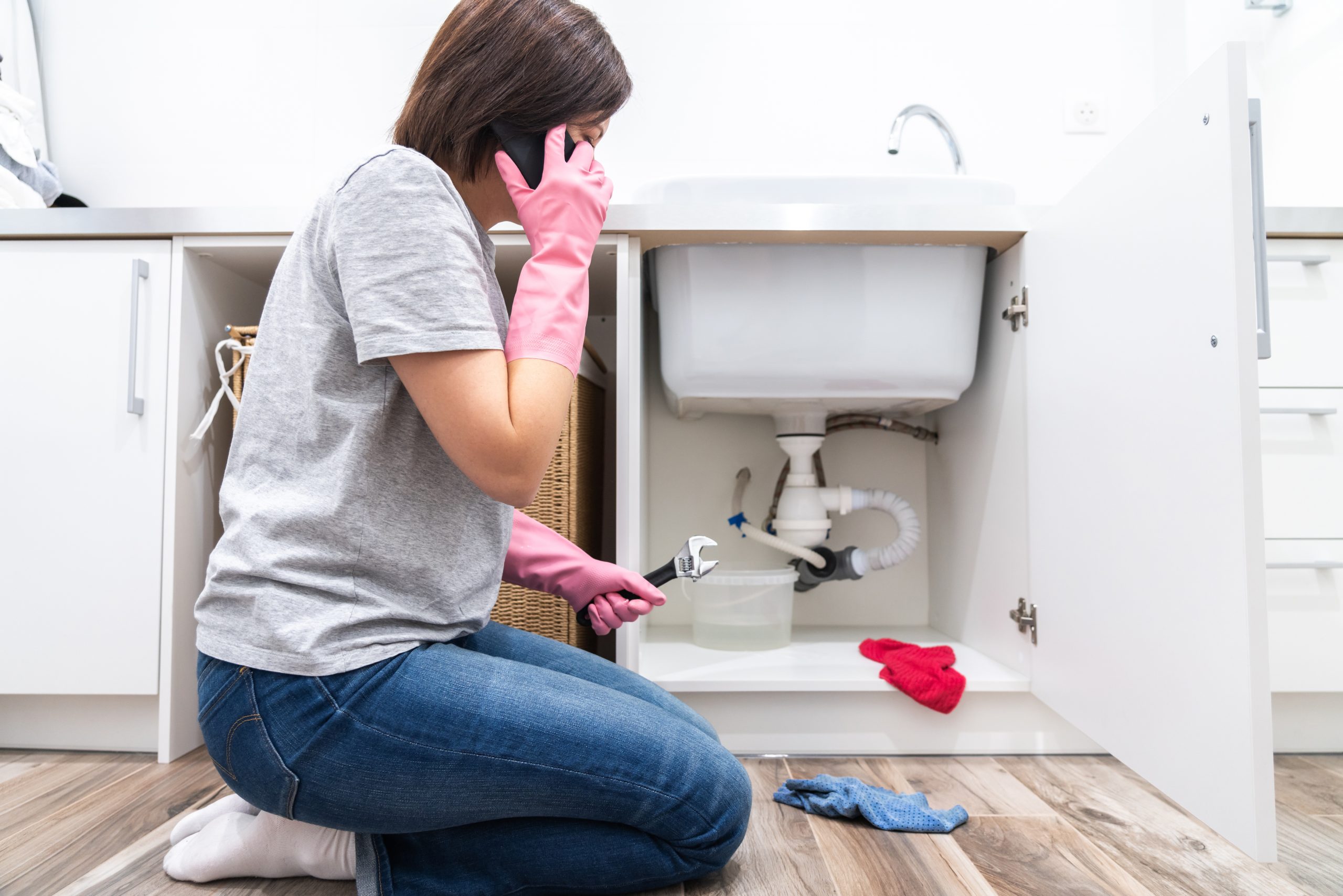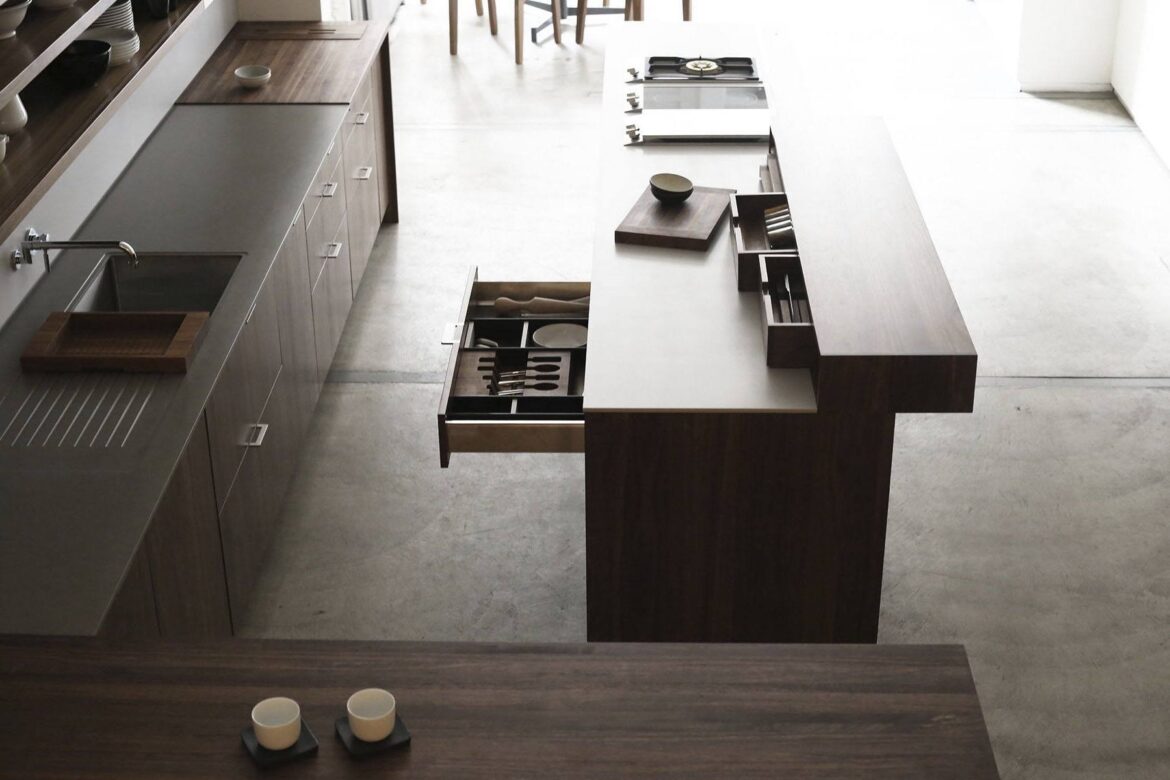Having a well-planned kitchen plumbing layout is essential for maximum efficiency and convenience. With careful planning, you can ensure that all of your appliances are easily accessible, saving time and energy in the long run. By considering factors such as water pressure, appliance location, and pipe size, you can create an optimal kitchen plumbing system that works for your needs.
This guide will walk you through everything you need to know about designing an efficient plumbing layout for your kitchen. From start to finish, well provide tips on how to select the right materials and tools to get the job done correctly while being mindful of cost-effectiveness.
So whether youre a beginner or an experienced DIYer looking to upgrade your cooking space with new fixtures, this guide has something for everyone! If you’re looking for a kitchen renovation plumber in Adelaide, make sure to find a professional who understands how to create an efficient plumbing layout for your new kitchen.
1. Understanding Kitchen Plumbing Layouts
Understanding kitchen plumbing layouts is an important part of maximizing efficiency in the kitchen. For example, when it comes to sink placement, a single-basin sink can be more efficient than a double-basin as it provides a larger area for washing dishes and other tasks.
Additionally, installing multiple dishwashers or sinks can help speed up workflow and save time for busy cooks. Furthermore, strategically placed taps and boiling water systems can make food preparation faster and safer. It’s also advisable to consider how waste disposal will work with your layout before making any major decisions – this could involve adding additional drains or pipes that are designed specifically for disposing of food waste in an environmentally friendly manner.
Finally, if you want to go one step further towards maximum efficiency in the kitchen then investing in smart appliances such as ovens with built-in sensors or fridges that automatically defrost items could be beneficial too.
2. Considerations for a Functional Layout

Source: homesandgardens.com
When planning a kitchen plumbing layout, there are several factors to consider. First, it is important to take into account the size of the space and how much room will be available for pipes.
Additionally, whether or not any walls need to be moved should also be taken into consideration. Second, you should think about what type of appliances will occupy the space and if they can all fit comfortably while still allowing easy access for repairs and maintenance.
Finally, you must decide on which type of plumbing fixtures to use; single-lever faucets or two-handle taps. All these considerations will help ensure that your kitchen’s plumbing system is both efficient and effective.
3. Maximizing Space and Efficiency with Your Layout
When it comes to maximizing space and efficiency in a kitchen plumbing layout, there are several key considerations. First, consider the overall size of your kitchen. This will help determine what type of piping is needed for installation and how many fixtures can fit into the available space.
Additionally, you’ll want to identify where water sources such as sinks or dishwashers are located and plan accordingly. If necessary, reconfiguring walls or moving appliances may be necessary in order to have an efficient plumbing system that takes up minimal space.
Lastly, before beginning any major renovations consult with a professional plumber who can assess your current setup and provide advice on potential layouts that optimize both space and functionality within your kitchen area.
4. Installing the Right Fixtures for Optimal Performance

Source: 1800anytyme.com
The installation of the right fixtures is essential for achieving optimal performance in a kitchen plumbing layout. This includes selecting the best quality fixtures to use and understanding how each one works in order to make sure that all components are properly connected and performing at their highest level.
When it comes to installing the proper plumbing system, careful attention must be paid to safety as well as optimizing efficiency. It is important to have an experienced plumber who understands the complexities of connecting pipes, valves, and other necessary parts correctly while also ensuring that everything meets applicable regulations and codes.
Additionally, choosing high-quality materials can help ensure that everything remains functional over time without needing repairs or replacements due to wear or damage from exposure. Taking all these factors into consideration will create a lasting plumbing system with minimal maintenance needs so you can enjoy your new efficient kitchen space for years to come!
5. Troubleshooting Common Problems in Kitchen Plumbing
The most common problems that can arise in kitchen plumbing include clogged drains, dripping faucets, low water pressure, and poor drainage.
Each of these issues can cause the entire system to become inefficient or worse – malfunction entirely. To ensure your kitchen plumbing runs smoothly and efficiently, it is important to troubleshoot any potential problems as soon as they arise. Here are five useful tips for tackling common plumbing problems:

Source: heroservices.com
- Unclog Drains: A plunger or an auger may be needed to fix a clogged drain caused by debris buildup. If neither tool works, you should contact a professional plumber who will have the necessary tools and expertise to unclog your pipes safely and effectively.
- Fix Leaky Faucets: Dripping faucets waste both time and money – not only do they increase your monthly water bill but also leave behind pesky stains on countertops or floors if left unchecked for too long! To prevent this from happening, make sure all fixtures are securely tightened with no exposed threads that could create leaks over time. Replace worn-out washers when necessary; this should help stop any further leaking from occurring!
- Increase Water Pressure: Low water pressure can be extremely frustrating when trying to get tasks done quickly in the kitchen! To counteract this problem try cleaning out aerators (the small screens located at the end of faucet spouts), replacing old valves with new ones, or adding booster pumps into existing lines – all of which will help boost flow rates significantly!
- Ensure Proper Drainage: Poor drainage is another issue that needs attention as it can lead to flooding if left unchecked for too long! Make sure there are no obstructions blocking drains such as hair, food particles, etc., use chemical treatments regularly to keep them clear from build-up, and check for signs of cracking/leaking along pipes–all of which could potentially damage other parts within the system (e.g.: valves). If none of these solutions work then call a professional plumber right away so they can diagnose why proper drainage isn’t occurring in order to fix it correctly once again!
- Regular Maintenance & Inspection: Lastly one-way homeowners can avoid many common issues associated with their kitchen plumbing is by scheduling regular maintenance checks up every few months – especially during seasons where extreme weather conditions might affect its performance negatively (i..e wintertime when freezing temperatures occur). Additionally, inspect pipes throughout each year to see if there are any visible signs wear/tear; doing so will alert you ahead before things get worse down line thus saving you hundreds (if not thousands) worth of repairs later on down the road!

